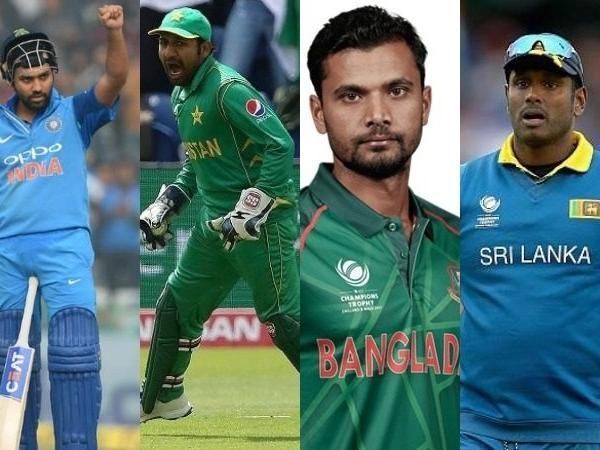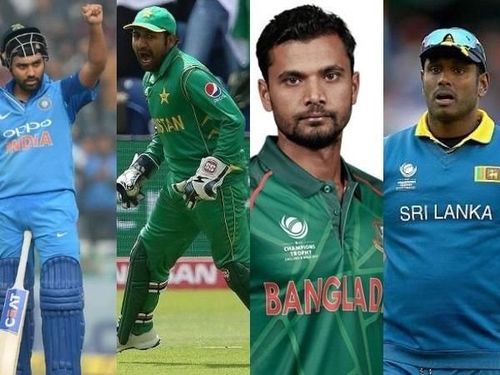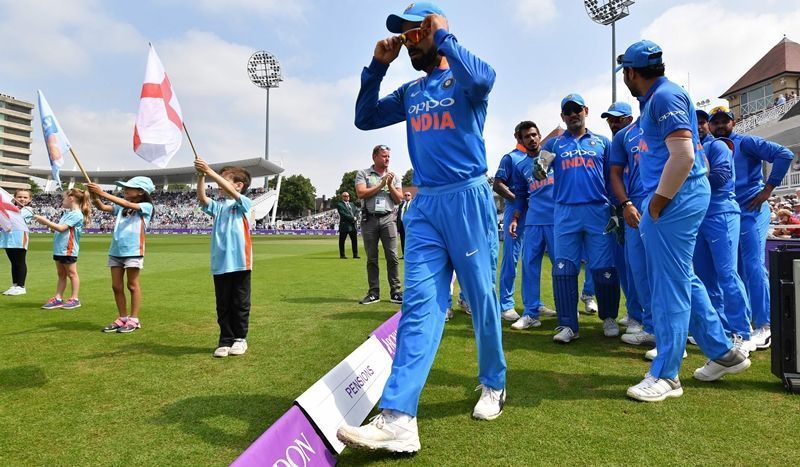
Asia Cup 2018: Assessing the contenders for the tournament

The Asia Cup or ‘Asian World Cup’, as many fans call the tournament, is just around the corner. With all the teams having announced their squads, it’s the right time for a preview of the much-awaited event. What adds to all of the buzz is the fact that the ICC Cricket World Cup is a mere 10 months away, so the teams would ideally want to lock onto a certain group of players, who could potentially bring success at the marquee event. Here is how the groups have been divided.
Group A: Hong Kong, India and Pakistan.
Group B: Afghanistan, Bangladesh and Sri Lanka.
Venue: United Arab Emirates.
The Asia Cup qualifiers ended in dramatic fashion, with the controversial Duckworth Lewis Method once again playing a major part, the result of which meant UAE would feel robbed of an opportunity to play such a prestigious tournament in home conditions. Full credit to Hong Kong though, who, against all odds, have qualified for the Asia Cup. With the ICC granting them ‘temporary ODI status’, they would be looking to make the most of this opportunity and prove to the ICC once again as to why the 10-team World Cup is a bad idea.
This time around, I’m not going to make any presumptions as to who’s going to win or which group will be the more competitive one. The last time I had done so was for the Champions Trophy 2017, where Pakistan, to my, and largely the world’s surprise, had triumphed.
If the Nidahas Trophy that took place earlier this year is anything to go by, the Asia Cup is going to be two weeks of sheer thrill, to say the least. At this point of time, Bangladesh, Afghanistan and Sri Lanka aren’t too distant from each other in terms of squad depth and quality. India and Pakistan too, seem to be playing their limited overs cricket on a very similar scale of intensity. Whether Hong Kong has a few surprises up their sleeve is yet to be seen, which is also something that I wouldn’t mind as a viewer; not one bit.
Pitch and Conditions
ODI’s in the UAE are generally played on low and slow wickets, owing to the fact that they are followed by the Test Matches, for which that kind of tracks are prepared. Evident of that is the average runs per wicket at the grounds in the UAE.
The Dubai International Cricket Stadium stands at 28.59 RPW (Runs Per Wicket), whereas the Sheikh Zayed Stadium (Abu Dhabi) is at 29.26 RPW, which, by no means are high numbers when compared to international venues such as the Rose Bowl (35.13), Trent Bridge (33.27), Lord’s (32.04), Seddon Park (34.60), Saxton Oval (39.43), M Chinnaswamy Stadium (34.99) or the MCA Stadium (37.87).
Since this tournament is preceding any particular Test series, having those ‘dust bowls’ doesn’t seem very likely. Expect a lot of runs being scored across the 22 yards, albeit away from the norm in this part of the world.
As far as the weather is concerned, expect no respite for the players. With the humidity predicted to be in excess of 70 percent, coupled with the weather touching 40 degrees Celsius, it’s going to be a test of stamina and endurance.
However, the fact that this is a tournament being played between sub-continental teams should make the situation a lot easier as the weather in these areas, in general, tends to be on an extreme side.
It goes without saying that unless they pull some rabbits out of the hat, Hong Kong are not genuine contenders for winning the Asia Cup crown. Having said that, let us look at the other 5 sides who would be looking to bring the trophy home.
#1 India

It’s difficult to overlook India as a threat in any tournament that they’re a part of, particularly in these conditions. But with the absence of their talisman Virat Kohli and the recent surge of Pakistan, I’d not go as far ahead as to label them as the favourites.
The main positive I can think of for India is that the bowling attack looks the strongest and fittest it has been in a while. With Bhuvneshwar Kumar and Jasprit Bumrah almost at 100% fitness levels, aided with the mystery and guile of Kuldeep Yadav and Yuzvendra Chahal, potent is the word to describe this bowling attack. Each of these bowlers are wicket takers and more importantly, in a unique way of their own.
When it comes down to the batting, the openers Rohit Sharma and Shikhar Dhawan need to step up, as they have done over a considerable period of time. The challenge for them would be to handle the added pressure of Kohli’s absence. It considerably increases the price and value of their wickets.
Judging by the squad, KL Rahul will probably be promoted to number three, but I would go with the experience of Ambati Rayudu for the all-important slot. Either of Manish Pandey or Kedar Jadhav would be put in at number 4, with MS Dhoni at number 5. The finishing duties should be handed over to Dinesh Karthik and Hardik Pandya. Sure, the middle order does look a bit fragile but, again, the experience of Rohit, Dhawan and Dhoni should be a huge morale boost for the rest of the squad.